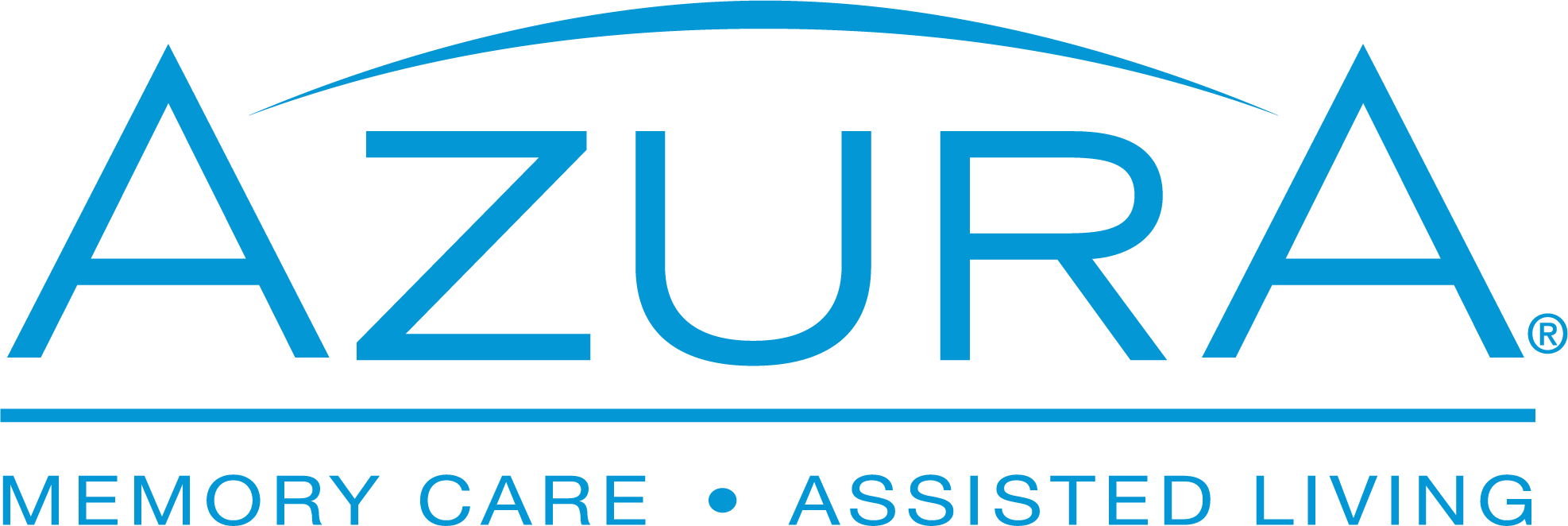If you’ve ever searched online for “how many different kinds of dementia are there?” you may have found hundreds of answers — and it can feel overwhelming. That’s because “dementia” is not one single condition, but rather a broad term used to describe a group of brain disorders that affect memory, reasoning, behavior, and daily functioning.
There are many forms of dementia, and some people may even experience more than one type at the same time, which can make diagnosis complex. However, there are four main types of dementia that are most commonly seen:
Understanding the differences can help caregivers and family members better recognize symptoms and support their loved ones with compassion and confidence.
What Happens in the Brain?
As all of us age, we naturally lose some neurons (brain cells). For individuals with dementia, this loss is faster and more widespread. Neurons stop working, lose their connections with neighboring cells, and eventually die. The result can be changes in memory, communication, personality, movement, and daily functioning.
Dementia symptoms can start mild — such as misplacing items or having trouble recalling words — but typically progress over time.
Alzheimer’s Disease
Alzheimer’s disease is the most common type of dementia. It develops when abnormal proteins (amyloid and tau) build up in the brain, creating plaques and tangles that disrupt brain cell communication.

Typically diagnosed in people age 65 and older, though early-onset cases can occur earlier in adulthood.
Common Alzheimer’s symptoms may include:
- Mild: Repeating questions, getting lost in familiar areas
- Moderate: Difficulty recognizing familiar people, confusion about time and place, impulsive or unpredictable behavior
- Severe: Very limited communication ability and full dependency on care support
Alzheimer’s tends to progress slowly, with symptoms worsening over several years.
Vascular Dementia
Vascular dementia is caused by reduced or blocked blood flow to the brain, often due to strokes, blood clots, or chronic vascular conditions such as high blood pressure.

Typically diagnosed in adults age 65 and older.
Common symptoms of vascular dementia may include:
- Forgetting recent or past events
- Losing items or having trouble organizing tasks
- Difficulty following instructions or learning new information
- Changes in judgment or decision-making
- Hallucinations or delusions (in some cases)
Because vascular dementia is linked to blood flow, symptom severity may vary depending on which areas of the brain are affected.
Lewy Body Dementia
Lewy body dementia develops when abnormal deposits of the alpha-synuclein protein (called Lewy bodies) affect areas of the brain responsible for memory, movement, and thinking.

Often diagnosed in individuals over age 50.
Common Lewy body dementia symptoms may include:
- Cognitive Changes
- Difficulty concentrating or staying alert
- Confusion that comes and goes (more fluctuation than Alzheimer’s)
- Movement Changes
- Muscle stiffness or rigidity
- Shuffling walk or decreased coordination
- Reduced facial expression
- Sleep and Sensory Changes
- Vivid visual hallucinations
- Disturbed sleep or acting out dreams
- Excessive daytime sleepiness
Lewy body dementia often resembles a blend of Alzheimer’s and Parkinson’s symptoms.
Frontotemporal Dementia (FTD)
Frontotemporal dementia affects the frontal and temporal lobes of the brain — areas responsible for personality, behavior, language, and social reasoning. It tends to appear earlier than other dementia types, often between ages 45 and 64.

Common Frontotemporal dementia symptoms may include:
- Behavioral Changes
- Impulsive decisions
- Emotional flatness or exaggerated emotional reactions
- Loss of social awareness or judgment
- Movement Changes
- Balance problems or tremors
- Language Changes
- Difficulty forming sentences
- Trouble understanding or finding words
There are multiple subtypes of FTD, so symptoms can vary significantly.
Moving Forward with Care & Understanding
While there is currently no cure for dementia, medications, structured routines, therapies, and supportive environments can help maintain comfort, independence, and quality of life.
If you would like to learn more from a leading educator in dementia care, dementia expert Teepa Snow offers helpful videos, podcasts, and training resources that explain these diagnoses in supportive, approachable language.
Understanding the different types of dementia is an important step in responding with empathy — and ensuring your loved one feels safe, valued, and supported.

